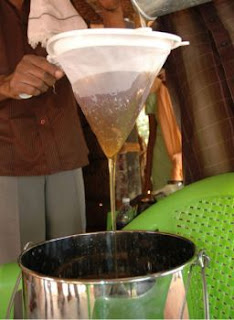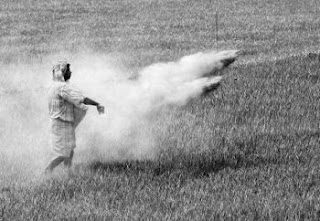
It’s an alarming fact that has made the Union health ministry sit up and take notice: data from across the country is showing a rise in the number of paediatric HIV cases. Of the 2.5 million people with HIV in India today, four per cent are below 15 years. Recently, Union health minister Ghulam Nabi Azad said in Parliament that more than 64,500 children had tested positive, while some 19,000 children in whom the virus had turned active were receiving anti-retroviral drugs at treatment centres across the country.
Maharashtra, at 24,614, has the highest number of HIV-infected children, followed by Andhra Pradesh at 23,621. Arunachal Pradesh, Sikkim and Tripura, as is to be expected in small or sparsely populated states, have the fewest—six cases each.


